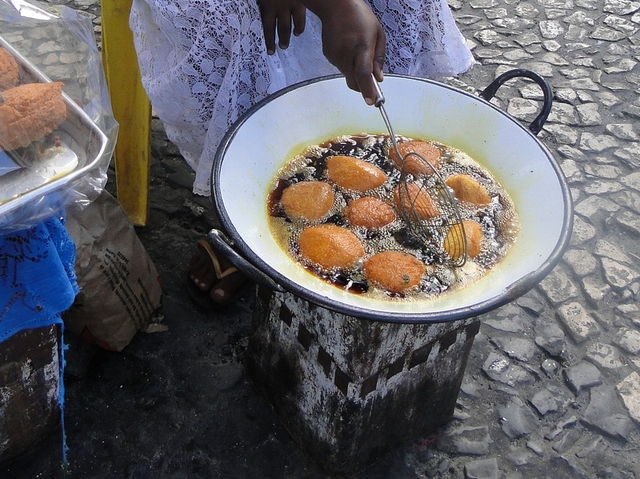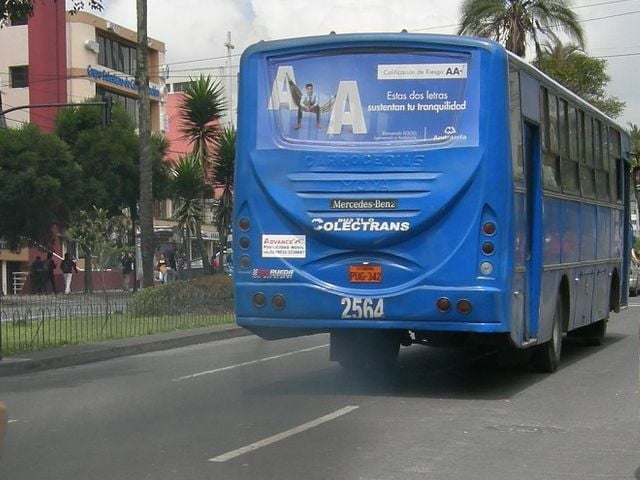Kenya currently faces a high unemployment rate. To some, entrepreneurship is the way out and there’s a lot to commend about this.
Take for instance those that sell us foods on the streets and occasionally even venture right into public service vehicles to sell their foodstuffs. They’re not only satisfying our hunger and thirst, but also injecting a substantial amount of growth in the economy through these activities.
Remember, there’s a whole supply chain behind what they serve us. For instance with boiled eggs, there’s the farmer that rears chicken, the wholesaler that supplies the eggs all the way to the food vendor that boils and sells them on the street.
Despite the economic benefits, we need to address the potential health risks we expose ourselves with these foodstuffs, chief amongst them being ready to eat or openly cooked food items by the roadside.
This is a huge culture in most urban settings in the country, and it’s a way a lot of people earn a living. But there’s a problem in all this.
The Danger with Roadside Foods

Food is a vital component for life. We need it to nourish ourselves yet if it’s contaminated it can turn against us and cause unhealthy outcomes. As such, food should be prepared and eaten in hygienic environments.
We always say wash your hands before eating and so conveniently forget that the benefits of doing this are diminished if the food itself is compromised in the first place or otherwise, if it is bound to be.
To food, the environment is not merely our hands and the plate it rests on but also the elements such as air, which we inevitably expose them to during the eating. Suffice to say, the environment becomes part of the food we it.
Such is the case of the busy roadside. Car fumes, dust particles and smoke from a variety of sources can all become part of our food if we’re not mindful of where we eat and prepare them.
There’s a reason why our hard-working foods vendors like setting shop just by the roadside – it’s the most likely place you can collide with them as you commute to and fro from your destination.
In other words it’s the best place to carry their trade if they’re to make good money.
The problem however is not so much the location as it’s how they sell such food and how we decide to buy them. Remember, they wouldn’t be there in the first place if they were not serving a need.
Contamination from the Environment
Generally speaking, and this should be partly obvious, it’s a bad idea to sell open food items where they can easily get contaminated. All these elements (car fumes, dust etc.) are carried in the air by either the wind or car’s motion then settle on various surfaces including food and where it’s served or cooked.
We include cooked because it’s becoming quite common, perhaps due to the long commutes and generally the lack of sufficient time and perhaps know-how, that people are buying more and more cooked foods that in the past you couldn’t find by the roadside e.g. chapatis.
This further complicates the problem as it’s not just the food that has the potential of being contaminated, but also whatever is being used to cook it.
Cooking oil is the most obvious target here and citing its ill repute for being either overly recycled or cleansed (thanks to siphoned transformer oil and their subsequent power faults), the health risks are further magnified.
Another new entrant to the roadside is the healthy fruit or vegetable salad and their accompanying juices and smoothies. You must have encountered this just by a bus or matatu stage.
We love fruits and in this day of cancer and lifestyle diseases, we are often compelled to favour them in place of ice creams and cold sodas. But here’s the difference: the soda is safely packaged and sealed but what about that salad?
Is it not actually being chopped right there in the street, before you and the dozens of vehicles that pass by? Not so healthy after all.
Other commonly implicated foods include:
- fruits like watermelons, pineapples, sugarcane etc.
- boiled eggs
- chips
- sausages/smokies
- chapatis
- mandazis
- fried fish
- mahindi choma (Roasted maize)
- boiled maize
- nyama choma (roast meat)
Contaminants with Major Health Risks
1. Exhaust Fumes

The most obvious source of contamination along the roadside is no doubt the exhaust fumes from moving and stationary vehicles. Exhaust fumes contain dangerous chemicals, some of which pose serious health risks. Some chemicals found in the exhaust fumes include1:
- Carbon Monoxide
- Nitrogen dioxide (NO2)
- Nitrous oxide (N2O)
- Sulphur dioxide
- Benzene
- Formaldehyde
- Polycyclic hydrocarbons
- Suspended particles
In the past there was also the risk of lead contamination but nowadays, that risk has been reduced due to the use of unleaded petrol. Nonetheless, some of the above chemicals are toxic and long term exposure.
For instance, diesel exhaust has reportedly 40 toxic air contaminants, some of which (benzene, arsenic & formaldehyde) are known or suspected to be carcinogenic (cancer causing).2
On the same issue of exhaust fumes, if it’s not ready food that’s being contaminated then its crops, usually vegetables that are planted just by the roadside. Such crops and the soil they grow in accumulate toxic chemicals which pose health risks that are much more difficult to detect and control.
2. Dust
The other health hazard is dust. Dust easily carries and spreads airborne infectious agents such as bacteria which can settle on various surfaces including food and the places where the food is being prepared or served.
3. Other Pollutants
Other risks are from industrial fumes, heavy machinery/equipment and from cigarette smoke, all of which may contain toxic chemicals like heavy metals.
Cleaning water that is not properly covered is likewise contaminated in these scenarios.
Possible Solutions to Avoid Contamination
We can safeguard our health by following some of the recommendations:
- Buy and sell open food in closed shelters like shops or temporary structures rather than in the open.
- Don’t buy or sell open food items near roadsides. Move further away from the roads or in designated zones like a market.
- Don’t prepare food items by the roadside. Cook them elsewhere where it’s hygienic and sell them in closed shelters or when they’re well packaged.
- Always cover or package open food items. Food should be protected from dust, insects, dirt and direct sun.
- Buy food raw then cook it at home.
- Ensure that food supplied is from safe and reliable sources.
- Educate the food vendors on how better they can handle their food.
- Public Health officials should sensitize the community on this issue
Beyond food safety, most fumes are further responsible for respiratory problems and allergies. It’s therefore high time we made some changes regarding this issue of roadside foods.
On a side note, if you live in Nairobi it’s worthy to note that WHO reports that the air pollution in the city is 240% above the safe level. You can find this data and what it means on the BreathLife website.
REFERENCES
1. Automotive Exhaust Chemicals: Disease Causing (http://www.nutramed.com/environment/carschemicals.htm)
2. Health Effects of Diesel Exhaust (http://oehha.ca.gov/air/health-effects-diesel-exhaust)
3. Benzene and Cancer Risk (http://www.cancer.org/cancer/cancercauses/othercarcinogens/intheworkplace/benzene)
4. 13th Report on Carcinogens (RoC) (http://ntp.niehs.nih.gov/pubhealth/roc/roc13/index.html)
5. Hygiene and Environmental Health Module: 8. Food Contamination and Spoilage (http://www.open.edu/openlearnworks/mod/oucontent/view.php?id=194&printable=1)
6. Basic steps to improve safety of street-vended food (http://www.who.int/foodsafety/fs_management/No_03_StreetFood_Jun10_en.pdf)





